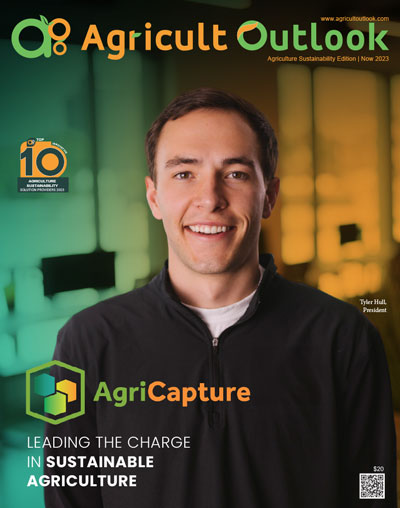Pairwise, a technology company pioneering genetics-based innovation in food and agriculture, has officially announced multiple recent advances for its proprietary Fulcrum™ Platform. According to certain reports, these advances come attached to notable technical validations, including new notices of patent allowance, new enzymes, and new applications. Talk about the platform on a slightly deeper level, it is best known for applying CRISPR technology to plant breeding. This means companies that are looking to develop differentiated CRISPR-edited products, including crops, can enter the mix in multiple ways to leverage a comprehensive suite of tools. For instance, they can license a turnkey toolbox leveraging the Fulcrum Platform without having to stand up their own CRISPR-based editing programs. The incentive for them to do so is rooted in lowering their required investment and improving speed-to-market. But what helps the stated platform fulfill its promise on a more actionable note? Well, the answer resides in two company-developed technologies i.e. REDRAW™ and SHARC™ tools. REDRAW, or RNA encoded DNA replacement of alleles with CRISPR, is basically a precise, templated editing toolbox that can make any type of small edit at CRISPR-targeted sites. Now, when you put that alongside Pairwise’s proprietary base editing and base diversification tools, the technology makes it possible for innovators to “tune” CRISPR edits at a far more precise clip than what they would manage otherwise. Not just that, the REDRAW technology also can also prove handy in accessing a wider range of genetic variation, a feature that is key to creating new and distinctive plant varieties much faster and more effectively than conventional breeding.
As for SHARC, it packs together a proprietary enzyme which works well for cutting, base editing, and REDRAW editing. Furthermore, the technology is also the foundation for a proprietary and comprehensive genome editing toolbox. Both the technologies’ extremely intelligent makeup, though, is a big reason why not only agriculture and food industries, but a sector like the one of pharmaceuticals is also betting big on CRISPR’s potential.
“Most genomic variation that occurs in nature is more complicated than if a particular gene is ‘on’ or ‘off.’ Effectively and efficiently finding the optimal balance between ‘on’ and ‘off’ is critical to optimizing new traits in plants. Pairwise creates and uses advanced CRISPR-based tools like base editing and templated editing to create the desired level of genetic optimization,” said Ryan Bartlett, Chief Technology Officer at Pairwise. “A complete suite of these novel technologies and proprietary tools for applying CRISPR technology make up the Fulcrum Platform, and enable Pairwise to unlock unique, commercially viable products with differentiated plant genetics.”
So far, as a way to demonstrate the offerings of its Fulcrum Platform, Pairwise has introduced the first CRISPR-edited food to the food service channel and a retail test market in North America. Apart from that, it has also partnered with Bayer to help the company access 27 novel traits for its pipeline of corn, soy, wheat, and canola. Joining the same is a second collaboration between the companies that will focus on accelerating innovation in climate-friendly short-stature corn.
We touched on a new notice of allowance for Pairwise; it actually pertains to the company’s REDRAW technology, solidifying its already-hefty list of allowances for improved base editors and other templated editing innovations.




